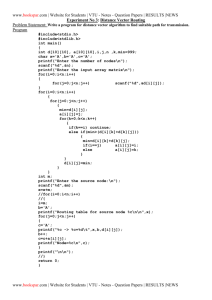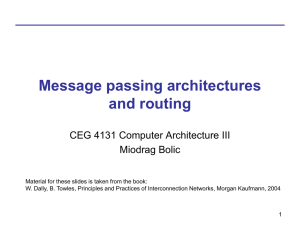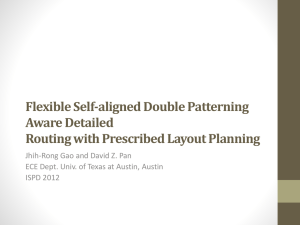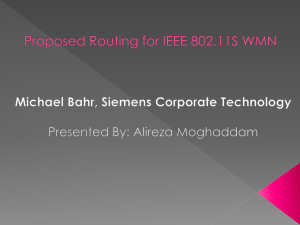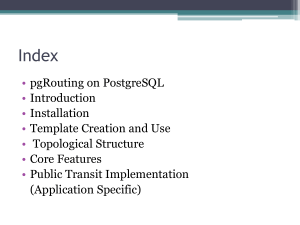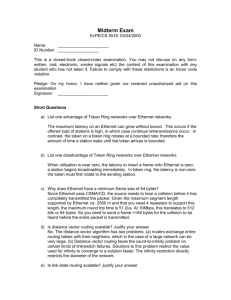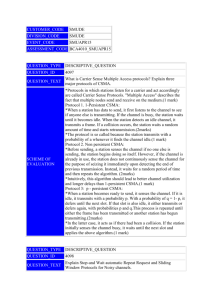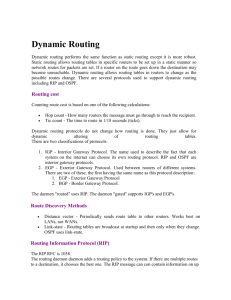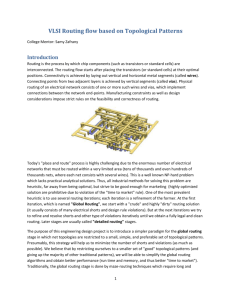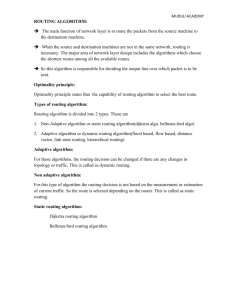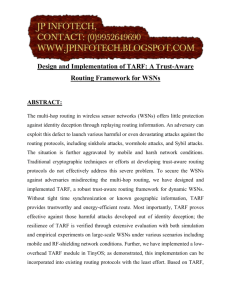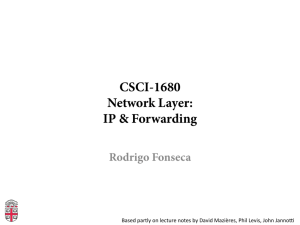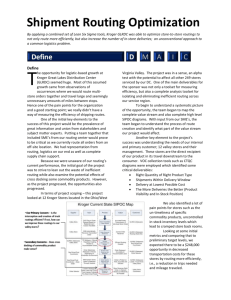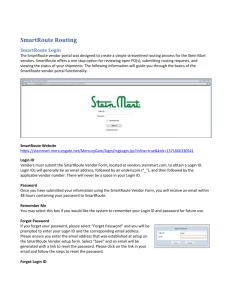Sethuraman
advertisement
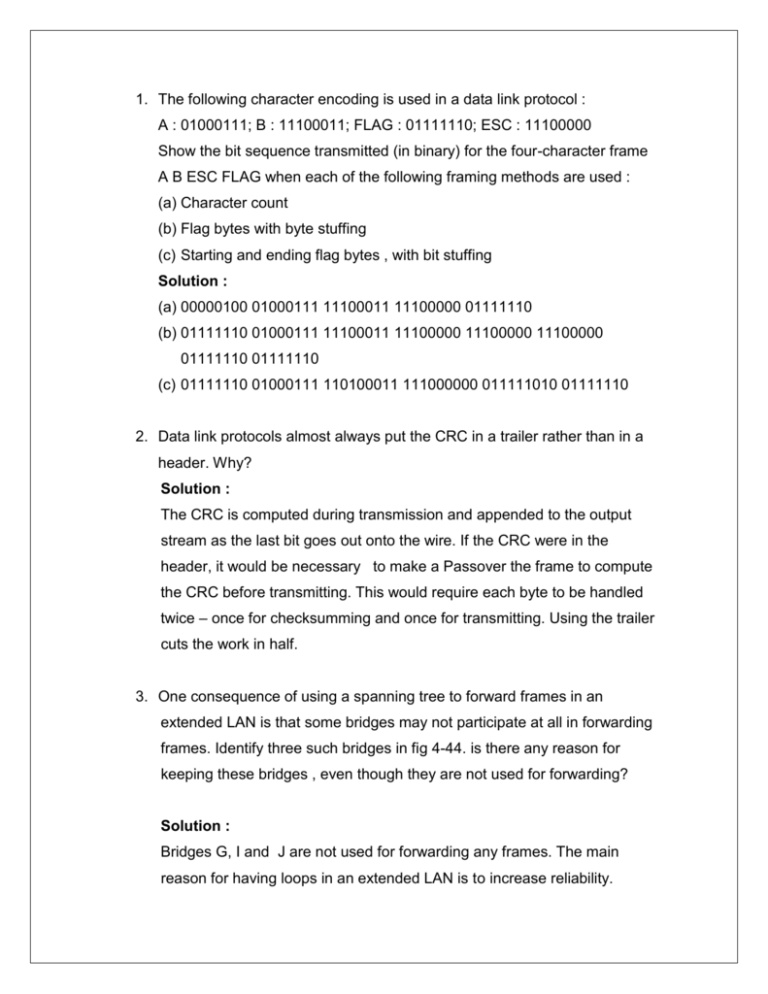
1. The following character encoding is used in a data link protocol : A : 01000111; B : 11100011; FLAG : 01111110; ESC : 11100000 Show the bit sequence transmitted (in binary) for the four-character frame A B ESC FLAG when each of the following framing methods are used : (a) Character count (b) Flag bytes with byte stuffing (c) Starting and ending flag bytes , with bit stuffing Solution : (a) 00000100 01000111 11100011 11100000 01111110 (b) 01111110 01000111 11100011 11100000 11100000 11100000 01111110 01111110 (c) 01111110 01000111 110100011 111000000 011111010 01111110 2. Data link protocols almost always put the CRC in a trailer rather than in a header. Why? Solution : The CRC is computed during transmission and appended to the output stream as the last bit goes out onto the wire. If the CRC were in the header, it would be necessary to make a Passover the frame to compute the CRC before transmitting. This would require each byte to be handled twice – once for checksumming and once for transmitting. Using the trailer cuts the work in half. 3. One consequence of using a spanning tree to forward frames in an extended LAN is that some bridges may not participate at all in forwarding frames. Identify three such bridges in fig 4-44. is there any reason for keeping these bridges , even though they are not used for forwarding? Solution : Bridges G, I and J are not used for forwarding any frames. The main reason for having loops in an extended LAN is to increase reliability. If any bridge in the current spanning tree fails, the (dynamic) spanning tree algorithm reconfigures the spanning tree into a new one that may include one or more of these bridges that were not a part of the previous spanning tree. 4. Name one way in which distance vector is better than link state routing, and name one way in which link state routing is better than distance vector routing. Solution : Advantage of distance vector routing : Unlike link state routing , which must flood link state update packets to all other routers in the network, distance vectors are only exchanged between adjacent routers. This limits the number of routing packets that are transmitted in the network, thereby saving bandwidth for other data packets in the network. Advantage of link state routing : Because they rely on the flooding of link state update packets, link state routing algorithms propagate routing information to routers more rapidly than distance vector algorithms. Furthermore , link state routing doesn’t suffer from the count-to-infinity problem, which plagues the distance vector algorithm. 5. Consider the subnet of Fig 5-13(a). Distance vector routing is used, and the following vectors have just come in to router C: from B: (5,0,8,12,6,2); from D: (16,12,6,0,9,10); and from E: (7,6,3,9,0,4). The measured delays to B,D and E, are 6,3 and 5 respectively. What is C’s new routing table? Give both the outgoing line to use and the expected delay. Solution: The following data is given to us: Vector from B to C = (5,0,8,12,6,2) Vector from D to C = (16,12,6,0,9,10) Vector from E to C = (7,6,3,9,0,4) Delays to B,D,E from C = 6,3,5 respectively. New Routing table for C would be: TO A B C D E F New estimated delay from C 11 6 0 3 5 8 Outgoing Line B B D E B

![Internetworking Technologies [Opens in New Window]](http://s3.studylib.net/store/data/007474950_1-04ba8ede092e0c026d6f82bb0c5b9cb6-300x300.png)


